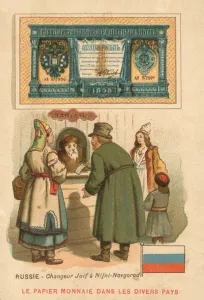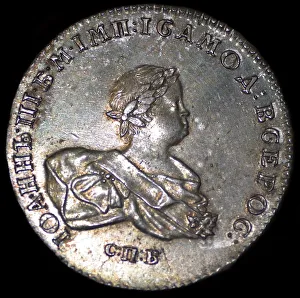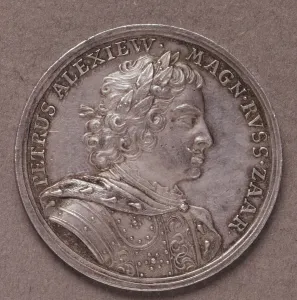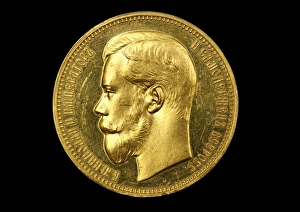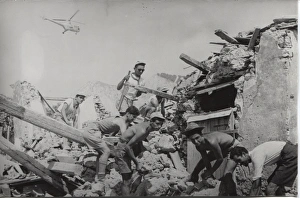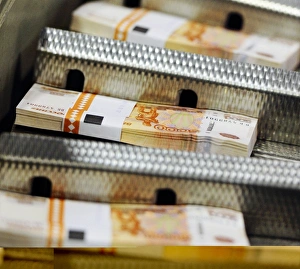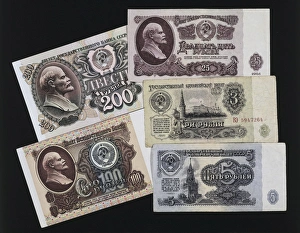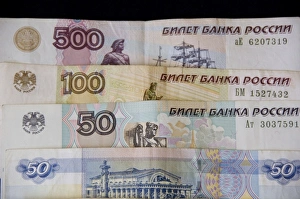Ruble Collection
The ruble, a currency steeped in history and culture, has witnessed the rise and fall of empires
All Professionally Made to Order for Quick Shipping
The ruble, a currency steeped in history and culture, has witnessed the rise and fall of empires. From its early depiction in art to its role as a symbol of power, the ruble holds significance beyond mere monetary value. In 1863, amidst the dense foliage of the jungle, an artist carefully captured the essence of the ruble on paper. The vibrant colors danced across the canvas, bringing to life this iconic form of currency. A Jewish moneychanger in Nizhny Novgorod, Russia delicately handled rubles with precision and expertise. The chromolitho print immortalized his trade, showcasing how these coins were integral to everyday transactions. Dating back to 1741, a silver ruble featuring Tsar Ivan VI Antonovich graced numismatic collections. This exquisite piece showcased not only Russian craftsmanship but also reflected the influence of royalty on currency design. Catherine I's reign was commemorated through a stunning silver ruble minted in 1726. Numismatics marveled at its intricate details as it became a testament to her place in history. Another remarkable example from 1714 displayed yet another masterpiece by Russian coin artists. Its elegant design spoke volumes about Russia's artistic prowess during that era. Scouts clearing ruins in Zakynthos Greece stumbled upon remnants of past civilizations but never failed to recognize even fragments of old banknotes scattered among ancient debris. These tattered notes told stories both modern and historical - including one where NASA astronaut Randy Bresnik left his autograph on a Russian 500-ruble note during an exhilarating helicopter ride. An anti-Bolshevik cartoon from 1916 depicted three stages: under imperial government rule stood proud citizens clutching their precious rubles tightly - proof that this currency held immense value for all who possessed it. Witnessing firsthand how banknotes are printed offered insight into Russia's dedication towards producing flawless currencies that would stand as symbols of national pride.


